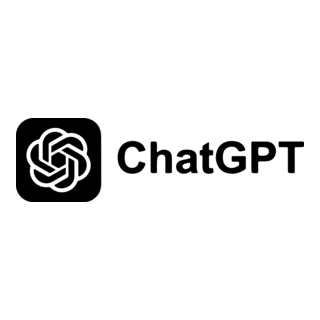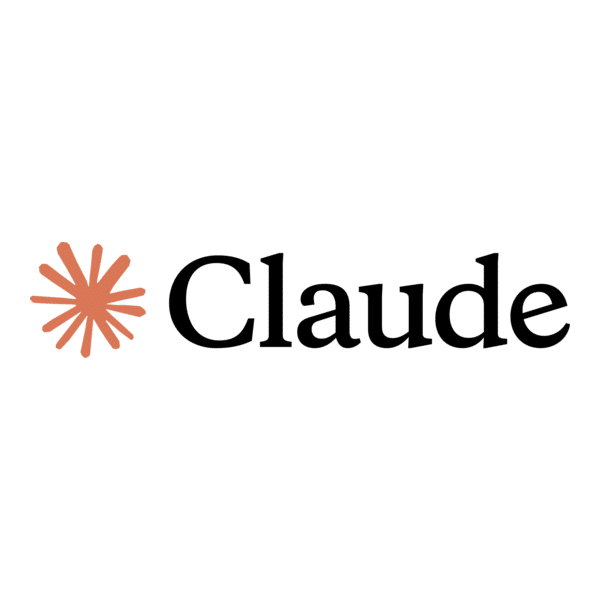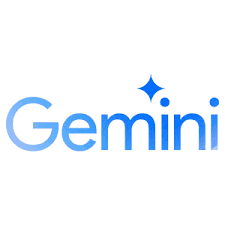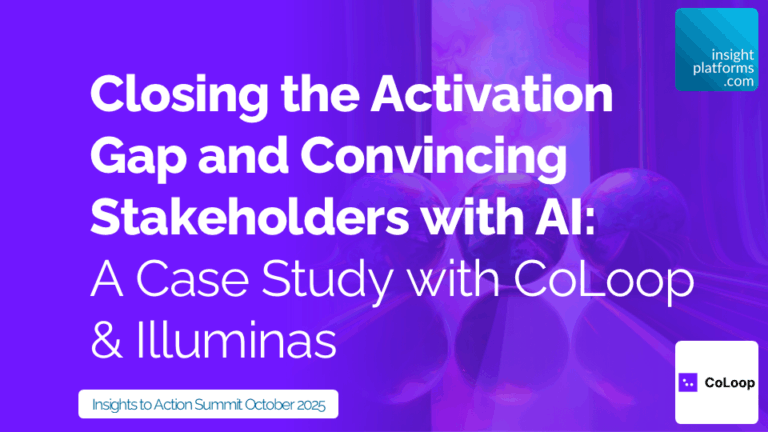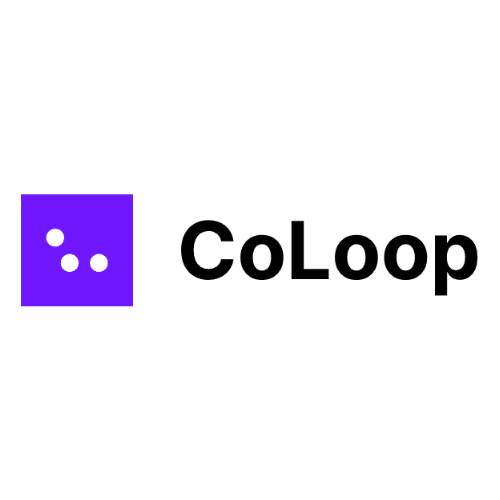
From Backstage to Centre Stage: How AI is Transforming the Client-Agency Relationship in Qualitative Research
By CoLoop
- article
- Agile Qualitative Research
- AI
- AI Agents
- Behavioural Economics
- Concept Testing
- Generative AI
- Online Qualitative
- Qualitative Data Analysis
- Qualitative Research
- Survey Research
- Text Analytics
- User Experience (UX) Research
- Transcription
Traditional qualitative research has long operated behind closed doors. Researchers gather data, disappear into their analytical process, and emerge weeks later with a polished report. For clients, this means limited visibility into how insights are developed and little opportunity to influence the narrative until the final presentation.
But AI-powered platforms are fundamentally changing this dynamic, transforming qualitative analysis from a backstage activity into a collaborative, real-time process.
This article covers part of the webinar “Closing the Activation Gap and Convincing Stakeholders with AI: A Case Study with CoLoop & Illuminas”. Rewatch the webinar here:
Closing the Activation Gap and Convincing Stakeholders with AI: A Case Study with CoLoop & Illuminas
The Traditional Bottleneck
Dr. Tracy Tuten, VP of Qualitative Research at Illuminas, describes the conventional approach: “In the past, the analysis portion of a qualitative research project was very manual. I would code themes across transcripts. Sometimes I would use tools like MaxQDA, particularly when we had a large amount of structured data”.
For global projects with 30 to 75 interview transcripts, this manual coding process consumed enormous amounts of time. The result was a significant gap between project kickoff and final delivery, during which clients had virtually no insight into the analytical process.
“Essentially, we were inviting the clients into the findings, but not into the discovery process”, Tuten explains. “And for some clients, that’s fine. They want a report at the end and not to be heavily involved. But for other clients, that separation between the creation of the story and the report readout creates barriers”.
The Cost of Isolation
These barriers manifest in multiple ways. Analysis conducted in isolation can delay decision-making as clients wait for final reports. It can limit alignment between researchers and stakeholders who have critical business context. In the worst cases, it can weaken trust or reinforce unhelpful dynamics in the client-agency relationship.
Jack Bowen, founder at AI-powered research platform CoLoop, notes that traditional processes “can often feel quite slow and manual, and in many cases, a lot of that analysis can also go on behind closed doors and feel a bit like a sort of waterfall process for the end client”.
The consequence is that researchers end up wrestling with transcripts and meaning in isolation, while clients see only the final output without understanding the process. This creates a gap that can slow decision-making and reduce buy-in for the findings.
Enter Collaborative Analysis
AI-powered platforms are enabling a fundamentally different approach. Rather than treating analysis as a backstage activity, agencies like Illuminas are now inviting clients into live working sessions where insights are discovered together.
“We really flipped the script, you could say”, Tuten describes. “We stopped treating analysis as a backstage activity where there was no visibility for the client in terms of our analytical processes. We invited this client to live working sessions with us in CoLoop. And what this meant was that for the first time, that analytical process became a shared experience between the analyst and the client”.
The shift is profound. Instead of presenting findings, researchers discover themes with clients. The process becomes interactive, transparent, and genuinely collaborative.
Real-Time Discovery in Action
The practical impact becomes clear in specific examples. Illuminas worked with a Fortune 100 global technology company on an ongoing brand equity research program. The client needed faster access to qualitative learnings, deeper emotional insight into B2B purchase decisions, and better integration between quantitative tracking and qualitative exploration.
During one analysis session focused on IT decision makers, the team had hypothesised that hardware reliability was the main emotional driver. But during the collaborative session, something unexpected emerged.
“Our client noticed some quotes from the transcripts that pointed to a really strong undercurrent around this notion of professional risk and personal credibility going on and how that was influencing their purchase decisions”, Tuten recalls.
“And so this really kind of reshaped what the client was expecting in terms of our results, and it ultimately reshaped the story that we were telling in that report. And we did that together, the analysts working with the client collaboratively, really co-creating what the story would be”.
This discovery would have been far less likely in a traditional process where the client only saw the final analysis. The ability to query the data together in real time allowed both parties to spot patterns, test hypotheses, and converge on insights that neither might have reached independently.
Building Trust Through Transparency
The collaborative approach addresses another persistent challenge: client scepticism about findings. Tuten describes presenting results from one project and encountering pushback. The client questioned whether the conclusions truly reflected what participants had said.
“And so then after that, we went into a live session and had the client query CoLoop herself and see the transcripts, see the exact verbatims that are supporting the results”, Tuten explains. The transparency immediately resolved the concern and established alignment.
This transparency is particularly valuable when research uncovers uncomfortable truths. When findings challenge stakeholder assumptions or preferences, the ability to trace insights directly back to source data becomes essential for building confidence in the results.
Redefining Partnership
Beyond individual projects, this shift is changing the nature of client-agency relationships. “It also has enhanced our relationship with that client”, Tuten notes. “It feels completely different now. We don’t just hand over a report or hand over findings. We have built a partnership in research with the client”.
Clients increasingly want agencies to be thinking partners, not just report producers. They want to understand not just what the data says, but why it matters and how to act on it. Collaborative analysis enables agencies to demonstrate their strategic value in real time, showing clients how experienced researchers navigate ambiguity, test hypotheses, and build robust interpretations.
This positioning becomes increasingly important as self-serve research tools proliferate. The distinctive value of experienced research professionals lies not in their ability to summarise text, but in their capacity to interpret complex situations, manage stakeholder dynamics, and ensure insights actually drive change.
From Efficiency to Excellence
While much of the current market narrative around AI in research focuses on speed and cost reduction, the experience at Illuminas demonstrates a different value proposition. The technology enables not just faster research, but better research through enhanced collaboration.
“I think there’s something incredibly visceral about being able to hit play and just show people an actual customer”, Jack observes, discussing the broader implications. The ability to surface relevant data quickly and have substantive discussions about its meaning creates opportunities for richer interpretation and stronger strategic recommendations.
As Tuten summarises: “Adopting CoLoop has possibly been the best decision I’ve made in my role here at Illuminas”.
Looking Forward
The shift from backstage to centre stage in qualitative research represents more than a workflow change. It signals a fundamental evolution in how insights are created and how value is delivered. By making analysis a shared journey rather than an isolated activity, AI-powered platforms are helping agencies strengthen client relationships, improve research quality, and ensure insights achieve the buy-in needed to drive real organisational change.
For clients commissioning research, the implications are equally significant. Rather than waiting weeks for a final report that may or may not address their true needs, they can now participate in shaping insights as they emerge, ensuring research delivers maximum relevance and impact when it matters most.
This article covers part of the webinar “Closing the Activation Gap and Convincing Stakeholders with AI: A Case Study with CoLoop & Illuminas”. Rewatch the webinar here:

